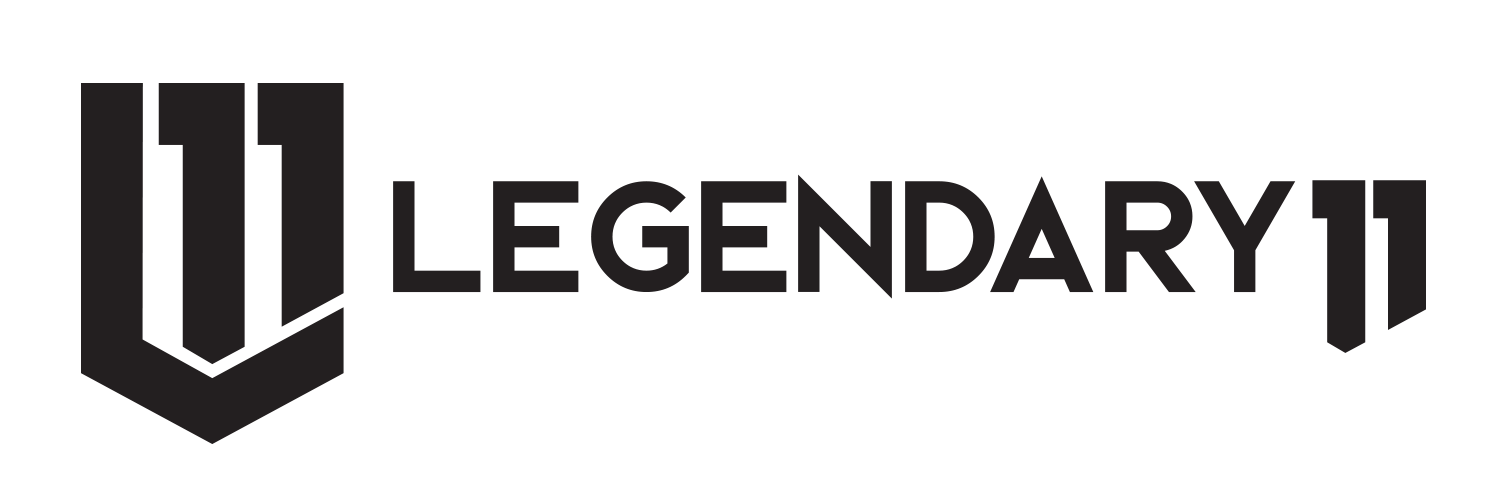Drilling environments vary widely — from hard rock in open-pit mines, through mixed strata in tunnels, to softer overburden in water or soil-rich zones. Choosing the right Top Hammer Rod and Extension Drilling Tools tailored to these conditions can improve efficiency and reduce wear.
In hard rock settings, rods are subjected to greater impact, heat, and abrasion. A Top Hammer Rod with thick walls, hardened thread ends, and robust coupling interfaces performs better under such load. Extension drilling tools used here need to resist deformation from impact and maintain alignment under high vibration. Carbide buttons or bits used at the front must also match rock hardness; energy loss from extension joints magnifies wear on the bit front.
In mixed geology — possibly alternating layers of soft, fractured, and hard rock — flexibility is vital. One may use a rod string that combines extension pieces with different profiles (e.g. hex and round), or use stiffened rods where breakouts are likely. Extension drilling tools with sleeve couplings that allow faster rod changes help when frequent bit or rod adjustments are needed. Also, drilling speed and feed pressure must adjust to avoid rod bending or buckling.
In tunnel or underground work, long hole drilling may be needed with constraints on rig mobilization. Here, extension drilling tools become essential to reach deeper without having to reposition rigs often. But as the rod string length increases, transmission of impact energy reduces: every coupling, every joint, every slight misalign raises energy loss. Thus, in such contexts, choosing high quality extension tools, ensuring joints are properly maintained, using matching thread types, and minimizing number of joints can help preserve drilling performance.
In shallow or soft ground (soil, overburden) the stress on rods is lower, but alignment and control still matter. Less rigid rods or fewer extension joints may be acceptable, but cost of over-specification also matters. In these conditions, simpler rods and lighter extension tools may suffice.
Different project types also matter: blast hole drilling, anchor bolt holes, exploration core; each has different diameter, depth, alignment and precision requirements. The combination of Top Hammer Rod and extension tools should be selected accordingly: precision where needed, strength where required, flexibility where beneficial.















Comments (0)